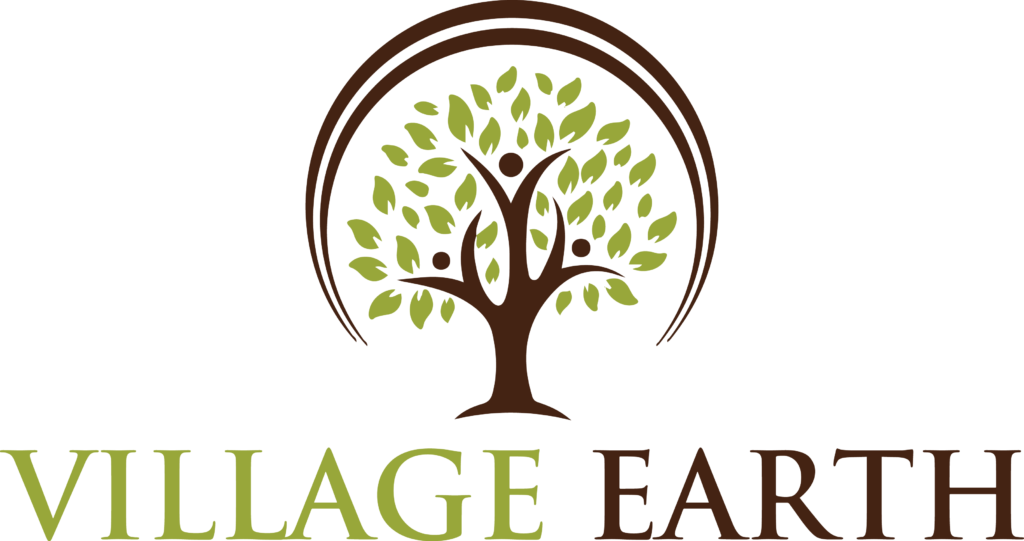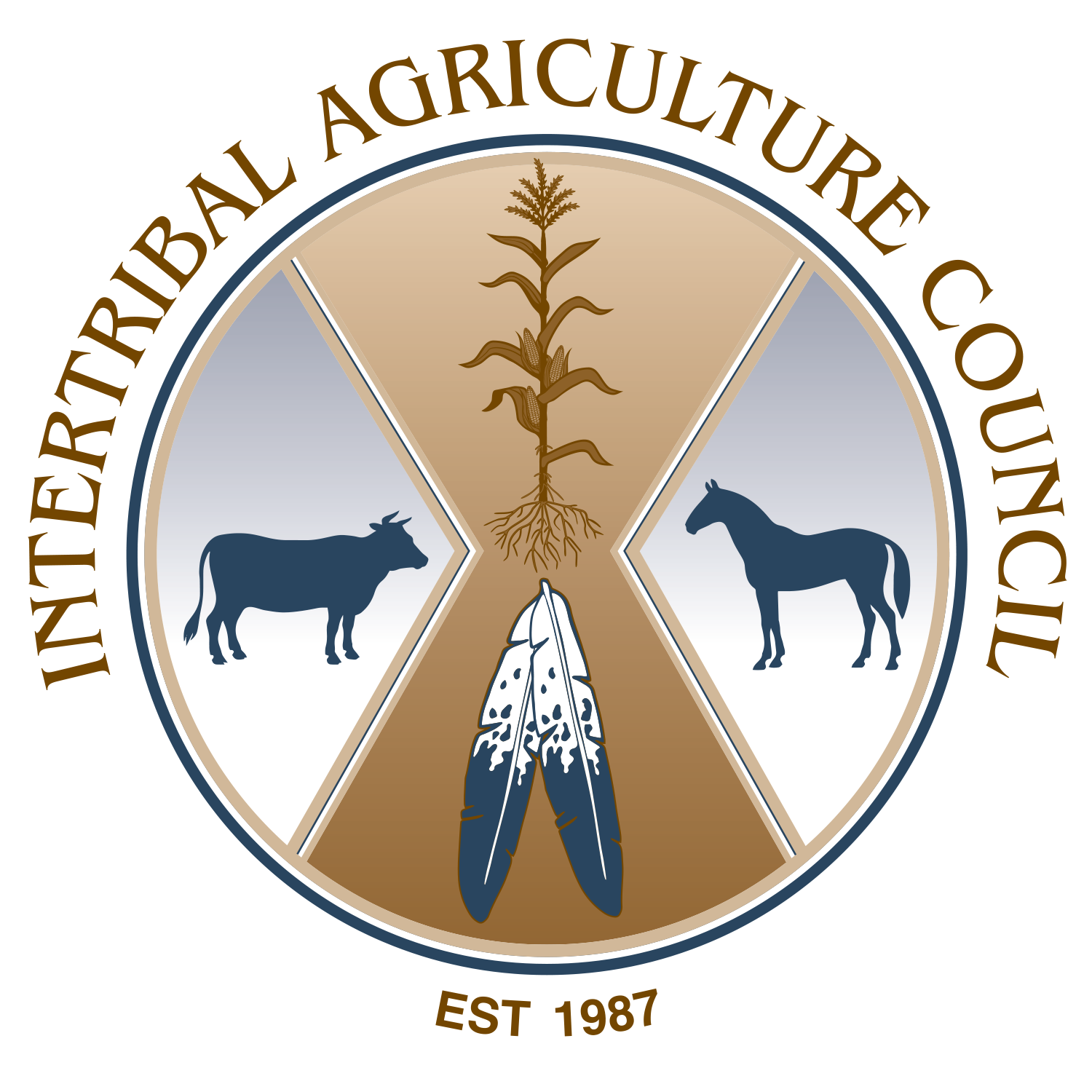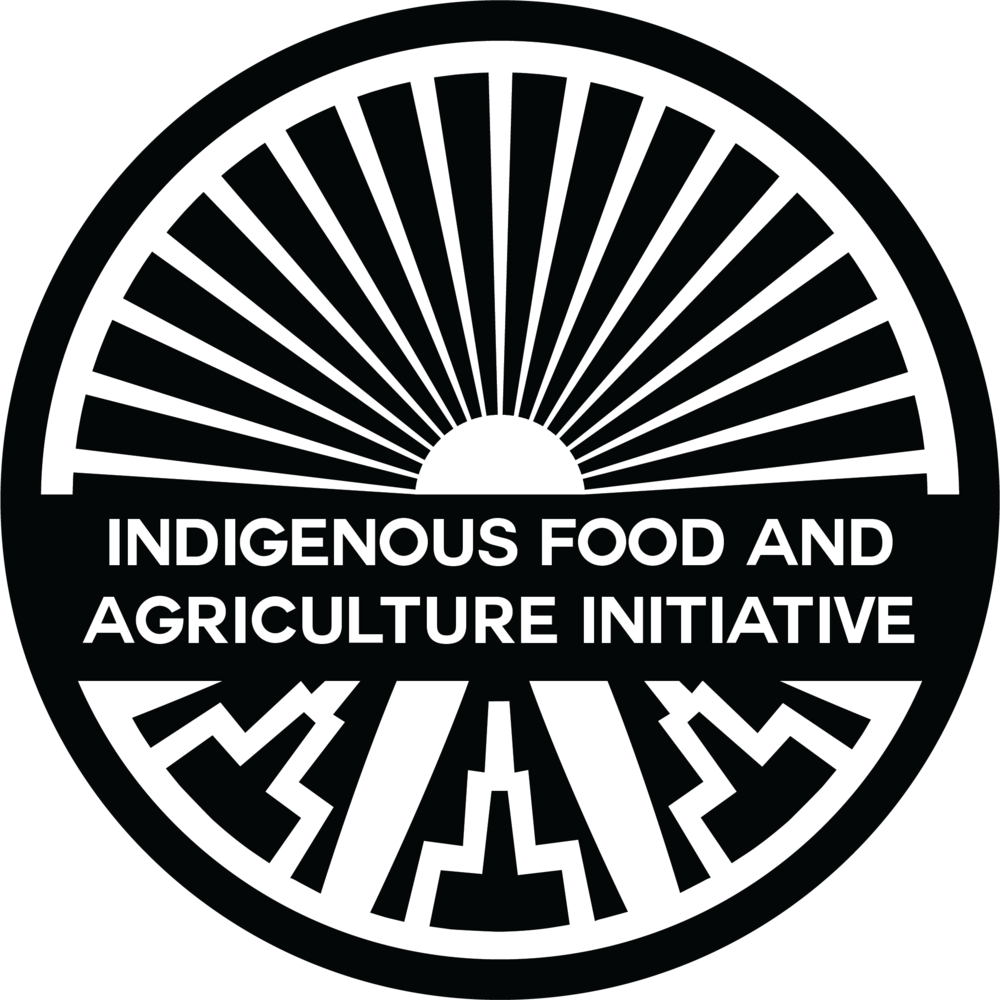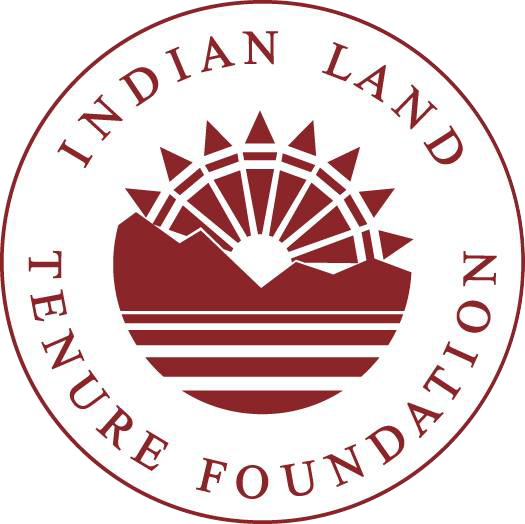ARMP-IRMP Planning Portal
A Toolkit for Tribal Resource Management Plans
Welcome to the ARMP-IRMP Data Portal
This resource was developed by the Native Lands Advocacy Project in partnership with the Intertribal Agriculture Council and the Indian Land Tenure Foundation to assist Tribes in the development of Agriculture Resource Management Plans (ARMPs) and Integrated Resources Management Plans (IRMPs) both integral steps to asserting sovereignty your lands.
About the Portal
We know that enforcing your tribal sovereignty can be difficult, especially when it comes to finding the resources necessary to plan for the future of your land. In 1993, the American Indian Agricultural Resource Management Act (AIARMA) enabled tribes to regain some control over their lands by completing an Agricultural Resource Management Plan (ARMP). This statutory document allows tribes to fully control the directions of the decisions taken by the BIA in terms of agricultural and general land planning for a period of 10 years. But to this day, not many tribes were able to submit working ARMPs, due to the delays and challenges that the BIA puts forth for tribes to complete them within the 3 year deadline. Additionally, many tribes are facing issues with implementing their plans, which often remain tedious academic exercises with little ground-proof relevance. This Portal compiles in one place the key data you need to fill up these plans, so that you can cut up the time it takes to gather and find the data, and instead focus on building plans that make sense for your and the future of your community. It also gives you additional resources to complete other types of plans, such as more comprehensive Integrated Resources Management Plans (IRMPs).
This project is the product of a unique partnership between the Indian Land Tenure Foundation, the Intertribal Agriculture Council and the Native Lands Advocacy Project. Over the last couple of years, we looked at existing plans and gathered feedback from native communities across the nation, to ensure that this Portal 1) answers your data needs, 2) provides guidance to build ARMPs that work on the ground. This project can work because it is based in the idea of constant feedback, so that users can help shape this tool in a way that works for them. If you or your community is not part of the feedback loop already, please join in and communicate your needs to us by filling out the survey below.
The data presented on this portal comes from reprocessed publicly-available datasets, selected from a thorough analysis of ARMPs Data Requirements. However, publicly available datasets nationwide for agricultural and land planning are primarily based in a western-minded commodified relationship with the land. We understand that indigenous ways of knowing and inhabiting the land involves maintaining kinship relations within the environment. These datasets do not allow to capture these nuances. However, they do enable you to cover the basic requirements of these plans, so you can focus on what matters most; like incorporating your own land knowledge systems so that your plan is unique to your community and its needs.
It is important to note that all of the data we compile into our dashboards are sourced from publicly available federal data, and NLAP’s role is simply to make these more accessible for Native Nations to support their own land and resource planning. For privacy purposes, we will not be using any specific Native land area as examples in our tutorial videos; this is because we want to honor Native land caretakers in not publishing or amplifying any sensitive data. This is a commitment of ours, and if you have questions or concerns about this, please do contact us.
Key Data for your ARMP
Social-Economic Information
Agricultural Resources
Cropland Productivity
Rangeland/Grazing Management
Land Ownership and Leases
Water Resources
Climate Resources
Additional Data for IRMPs
Biodiversity
Renewable Energy
Mineral Resources
Cultural Resources
Forest Management
Additional Resources
Here you will find additional resources to help you build your plans, like guidelines published by other parties, statutory documents, resources on agricultural sovereignty, etc.




